|
“Don’t you ever just read a Grisham?” comments one of my friends. It’s been a busy summer, making up for summers past as travel returns to its pre-pandemic boom. After Tahiti and Sudbury, I dropped my bags, picked up my six-year-old son Galileo, and hopped over the Rockies to see what Calgary is up to these days. In a city accustomed to booms and busts, the boom is back. We’d spend a few days researching the urban and regional attractions that met my ‘bucket list’ criteria, chasing columns and new chapters for the upcoming second edition of The Great Western Canadian Bucket List. There would be time for bedtime stories, but that’s about it. . We kick off with the Yamnuska Wolf Dog Sanctuary outside of Cochrane, a facility that rescues and shelters hybrid animals that belong in neither a domestic or wilderness environment. That doesn’t stop idiots breeding wolf-dogs, for idiots who think it would be cool to own a wolf. What they get are shy yet aggressive animals that make terrible pets, with untamed instincts requiring constant attention and secure zoo-like enclosures. Breeding wolf dogs is, inexplicably, legal in Alberta. The sanctuary does a fantastic job educating the public, looking after the animals they rescue, and advocating for both wolves, canines and hybrids. Next we drive into the foothills of the Rockies to spend the night with Tracey and Tim at Painted Warriors, a hands-on Indigenous cultural and wilderness experience that invited conversation around the campfire, archery in the forest, star-gazing, and nature walks. Among many other things, I learn I’ve been aiming with the wrong eye all my life (no wonder I always miss), how aspen makes natural sunblock powder, and that a professional archer can hit the top of a golf tee from fifty yards. Above all else, I learn yet again that meeting good people always results in a good time. We drive back to the city, pick up outrageously good smoked meat sandwiches and ice-cream at the Calgary Farmers Market, and head across the highway for Downhill Karting. It’s the same luge contraption I discovered many years ago in New Zealand outside of Rotorua, and it’s fun to share the experience with my delighted kid. It’s the first time we’ve done a trip just the two of us together, and while Gali doesn’t have gunpowder energy of his Tahiti-toting sister, he’s observant, measured, and willing to give everything a go. We’re here for a good time, not a long time, so it’s off to Lazy Day Rafting Rentals to float down the Bow River and experience one of Calgary’s more iconic summer activities. Gali super-soaked ducks and geese as the river gently floated us from our entry point to the Bow River Pathway Bridge. Drop off the boat, check-into the Residence Inn, and stroll over to The Mash, which upcycles grain from a microbrewery into delicious pizza dough. My pizza had everything on it, Gali ordered plain cheese. One day he will order toppings, add Tabasco, and say: “So this is why you order pizza with everything on it.” I look forward to that day. We’re heading out the city again, but before we do, we pop into the National Music Centre to see Randy Bachman’s insane guitar collection, learn about Canada’s outsized role in the history of popular music, mix some beats, and gawk at the 64-foot one-man orchestra known as the Kimball Theatre Organ. We pop into the Hangar Flight Museum by the airport, and hit the road for the Good Knights Medieval Encampment for an evening of medieval glamping. This is an actual thing, and as you can read in my column for Canadian Geographic, it’s a very fine thing indeed! We dressed up, threw fake axes, jousted with real swords, and watched lords and ladies dance under the big prairie sky. We’d immersed ourselves in a fun, family-friendly world that is one-part history and one-part Lord of the Rings / Game of Thrones / Dungeons and Dragons fantasy. The things you can do in Canada never cease to amaze me. A few days later, we’re out the country so I can take my kids to a place I swore I’d never take them to. You can read all about it here, with an honest column that I hope captures the parent’s experience of Disneyland. I’m not a theme park kinda guy, but visiting Disneyland was never going to be about me: it’s all about the kids, and the kids had a great time. We stayed the Grand California over the 4th of July weekend, when the park was heaving with visitors. The Genie + pass was essential to avoid the line-ups, but we probably should have eased Gali into the rides before kicking things off with a dark rollercoaster of Space Mountain. I don’t think he’ll ever forgive me. His sister, meanwhile, gravitated to the fastest, loudest, scariest rides. It’s remarkable these kids came from the same womb. I turned a shade of lime after the rollercoaster and falling elevator rides in Disney Adventure Park. In truth, the ride I was looking forward to most was a Harley Davidson Road King waiting for me back in Vancouver. Last year I researched a story about renting a Harley from EagleRider Rentals in Vancouver, joining a bike crew on a road trip up Vancouver Island, ferrying to Bella Coola, and back through the BC interior. A year later, I join most of the same group (which happen to include the excellent Daniel Cook Band), and we roar off for a four-day loop of Vancouver to Osoyoos to Nelson to Lillooet to Vancouver. Once we got out of the congested city and past the summer construction, our bikes could blitz through the sweltering, rolling countryside. Motorcycles were out in full force, giving the eponymous biker wave when passing each other. Daniel and his band busted out their instruments in the evenings, which added a wonderful dimension to the trip, and delighted large groups of bikers with an impromptu roof top party at the Adventure Hotel in Nelson. We swam in the warm waters of Christina Lake, did a long, knee-cramping day in the saddle, played obligatory games of cribbage and did a memorable sidewalk jam in Lillooet. The diverse landscape and excellent roads of British Columbia delivered the goods. I’ve joined EagleRider’s membership program, and look forward to making this an annual tradition. A weekend in Birch Bay, Washington (or as I like to call it, Canada in the USA), back across the Rocks for a wonderful wedding at the River Café in Calgary, and we’re up to date! I’m leaving early tomorrow morning to hike the East Coast Trail in Newfoundland. July has been one for the books, but it’s going to get really busy in August. Reading a Grisham can wait.
0 Comments
It's October, which means we're going somewhere creepy, and I'm not just referring to the snakes Down Under. Australian has no shortage of brutal convict history, but there’s a tangible creep factor visiting the cells of the Old Melbourne Gaol. It's unnerving as hell standing before the same gallows that dispatched notorious criminals like Ned Kelly, Frederick Bailey Deeming, and 131 others. Especially at night, when the lights are dimmed, the daytime tourists have cleared out, and writer Trevor Poultney is leading a group of two-dozen tourists. He reassures us that he doesn’t need to make up any silly ghost stories, since the jail has plenty of real-life stories to do the trick. In fact, the jail’s consistent paranormal activity inspired Trevor to start the ghost tours in the first place. Of course, nothing has been proved and there’s no guarantee you’ll actually see anything. I ask two couples in my group why they feel it is a good idea to spend Saturday night in a dark, haunted 19th century prison block. Both reply that it is a birthday present. Price of a Ghost Tour: $38. Scaring the crap out of your spouse: Priceless. A purple early evening glow still permeates the cellblock when Trevor begins. “It’s dark in here, and it’s going to get darker. Keep in a tight group, as it’s less likely you’ll be picked off.” He’s joking of course, but he’s also a great storyteller, adding just enough bite to his words to keep everyone on edge. It’s a ninety-minute tour, mostly conducted outside the cells since they are too small, too dark, too claustrophobic and too damn spooky to spend much time in. Trevor begins with the tale of a site supervisor locking up the museum for the night. Suddenly, she felt someone kick her in the leg. Heavy doors began banging, chains rattled, and she heard groans and screams. Apparently, much of the weirdness tends to emanate from Cell 17 on the second level, although no particular record exists as to why this would be the case. Trevor tells us that prisoners were often moved around, documentation has vanished, but conditions were notoriously horrific. At the rear of the first level, we sit around the lit-up death mask of Ned Kelly, the most infamous bushranger in Australian history. Alongside replicas of the handmade armour Ned wore during his famous shoot-out with the law, Ned’s head is the museum’s most famous attraction. Gad is it creepy! After the lifeless bodies of the condemned were removed from the gallows, it was common practice for prison officials to shave their heads and cast their death mask for research. It was part of a discredited 19th century practice called phrenology, which believed science could physically determine the motivations of criminals and lunatics. Ned’s head looks peaceful enough as Trevor whips out his tablet to show us the three types of ghost photos the jail receives from visitors. There are the fakes, easy to spot and silly to attempt. The second are from people seeing things that simply aren’t there, an easy but sincere mistake given the numerous shadows and effects of using a camera flash. “You paid good money. It’s an atmospheric building. We’re very suggestible. Of course we want to see a ghost, why else would we be here?” he explains. Out-of-focus blurry zoomed-in photos do make great ghost photos, but the apparition is just about always in the eye of the beholder. But, as my own photo from Savannah testifies, not always. The third photos are the anomalies, the ones with no feasible explanation. Trevor shows us the spectre of a man with a hat standing outside Cell 17. We see the wraiths of a woman and child that can be seen hovering on level three. Other visitors, who have not taken a ghost tour, claim to have physically encountered these people during the day, with some even asking them for directions. At the gallows on the second level, the very spot where 129 men and four women took their last breath, Trevor shows us the one photo that continues to freak him out. His own feet appear at the top of the photo beneath the demonstration rope…only, he was with the visitor who took the photo on the other side of the cell. “I think it’s a peaceful building,” he whispers. “Do I believe in ghosts? Things happen here, and that’s as far as I’ll go.” We have fifteen minutes to roam about freely before closing. We’ll enter cells to gaze at the haunting death masks of dispatched prisoners, feeling an icy chill lick our necks. We’ll read about the torrid history and conditions of the prison, which operated between 1842 and 1929. Not many visitors will go as far as to enter Cell 17, because Trevor has done a bang-up job spooking us about it. This is where the belligerent man with the hat appears. Where guests feel something pushing on them. Where breath gets laboured, and electronic devices go on the fritz. This is the one cell where guide dogs refuse to enter. With nervous giggles, a few of us still walk into Cell 17. With our imaginations in overdrive, a sense of dread in the cell is unmistakable. I took plenty of photos, of course, and I’ve poured over them in search of an apparition. As much as I want to believe beyond the shadows, I did not strike ghostly photographic gold in the Melbourne Gaol. I did however encounter a fascinating cultural and architectural history, entertaining stories, unforgettable characters, and a true one-of-a-kind experience. What more could you ask for on a great night out in the city? Click here for more information about a Melbourne Gaol ghost tour, although as with many other activities in Melbourne and elsewhere, this is something to consider in your post-Covid plans. In less haunting news, you can read my latest Bucket Listed columns for Can Geo Travel which adds 11 new experiences to my ever-expanding Canadian Bucket List, and reviews the incredible Arctic landscapes in renowned artist Cory Trepanier's new book.
Travel safe, stay inspired, and don't turn into a pumpkin. Congratulations! Each decade of your life is an accomplishment. Goals are realized, professions evolve, priorities shift, families grow and experience is gained. This is also reflected in how we choose to travel, and where we choose to go. Celebrating these important milestones, I've gathered inspiring destinations to suit this passage of time. Of course, every journey is unique. You can turn these decades upside down, or mix them up entirely. A bucket list is as special and individual as the person who crafts it, and each life journey is one’s own. As for the passing of the years themselves, I defer to the wisdom of Mark Twain: “Age is an issue of mind over matter. If you don’t mind, it doesn’t matter!” Meeting Boris Becker as an 18 year old at Madame Taussad's in London. 20’s - LET'S PARTY In our twenties, we travel to relish in the excess. All night parties, camping on beaches, intense relationships – all with a no-holds-barred commitment to the carefree abandon of youth. It's a time to make the kind of mistakes you'll learn from, and sacrifices you'd only make when you're young. Legends of Full Moon parties and all-night desert parties sound particularly appealing, and you don't mind sleeping on floors or eating instant noodles for a month if it means you can get to them. Backpacking across Western Europe is a rite of passage, although it's also very expensive, Stretching your travel dollar, you'll be drawn to budget-travel meccas like Thailand, Central America, India and Laos. You might be drawn to a Kibbutz in Israel or volunteering with animals in Bolivia. Everything and everyone will be particularly vivid and intense, an opportunity to learn and grow and let your hair down. You'll only realize just how big that opportunity was when you're further along your life journey. Sharing a special sunset in Mauritius 30’s - ROMANCE AND FAMILY As we grow into our third decade, life might have rearranged itself so that we'd want to visit special places with a special partner who one day will grow a family with us. As we circle the possibility of a major life milestone, a romantic adventure is definitely in order. Bus around Thailand, from the white, sandy beaches in the south to the rich culture of the north. Brave the bungie jumps and wild adventures of New Zealand. Take a tour through Eastern Europe, exploring cobblestone alleys and medieval town squares. Perhaps towards the end of the decade or the start of the next, your partnership has grown. Parents of young kids know that happy kids will always make a happy vacation. Choose a sunny beach resort with lots of activities in Hawaii, Mexico, Barbados, or Jamaica. Introduce your kids to new cultures and cuisines. Slow down and bond with your nearest and dearest, as together you build the memorable traditions of meaningful family vacations. Here's an idea: let's hire an RV for an epic road trip in the Rockies! So we did! 40’s - IN MOTION At last, the kids are at summer camp, or old enough to join us on an adventure that's physical, but not too strenuous. As careers stabilize and hobbies strengthen, perhaps it’s time to hike the Inca Trail, trek in Nepal, or spend our well-earned holidays on a multi-day bike ride through the valleys of Italy or France. A fly-in fishing trip in Canada, a multi-day rafting excursion between the Grand Canyon, or maybe just an epic road trip to explore the Oregon coast, Route 66, Yellowstone or Banff National Parks. Consider a few weeks camping across Iceland, or taking a tour to pack in the highlights of Western Europe. Volunteering in a foreign country delivers a rich, rewarding experience. Teaching kids, building wells, looking after rescued animals – making a difference in the lives of others makes a difference for us too. Old enough to know better and yet young enough to go with the flow, the forties is a milestone decade to follow our feet, and safely veer off the beaten track. Smoked burnt ends and dinosaur bones. This is going to be so bad for me, and so, so very good. 50’s - FOOD AND FESTS Do you remember when 50 used to be old? Not anymore. Today it’s a time to celebrate our decades of hard work, and the settled income that it has brought us. Now we can appreciate the more expensive bottle of wine, the fine dining restaurant, the outstanding stage play. Forget nightclubs, it’s time to appreciate the spectacle shows and world-class performances on offer in Las Vegas. For something more exotic, we’ll turn to major cultural spectacles like Mardi Gras in New Orleans, or Rio’s famous Carnaval. Perhaps a major sporting event is in order, such as Wimbledon, an Olympics or the Superbowl. The very idea of exploring one of the world’s great wine routes – Napa in California, Mendoza in Argentina, Margaret River in Western Australia – is intoxicating. We’ve finally booked to see the world’s largest jazz and comedy festivals in Montreal, the best acts at the Edinburgh Arts Festival, or the latest hits on Broadway. Enjoy the festivals, performances, wine tastings and feasts. You’ve earned it! You can take my youth, but you can never take my freedom! 60’s - TIME FOR HISTORY As we usher in the next decade, the allure of history is more fascinating than ever. We begin to see our lives in a greater context, and appreciate the passing of time. Once we might have ticked off the Louvre in a couple hours before racing off to the next Parisian attraction. Now we take our time in the world’s great museums – the Louvre and Hermitage, the Guggenheim, the ROM and the Museum of Natural History. Waterways and rail transports us in comfort to treasures of antiquity: cruise down the Yangtze or Nile Rivers, or along the Mediterranean and Black Sea. Sit back in a viewing carriage to marvel at the Canadian Rockies, the Australian Outback, or the highlands of Scotland. We’ll take our time exploring the ancient temples of Cambodia’s Angkor, the biblical alleys of Jerusalem, the Mayan ruins of Mexico, or the narrow canals of Venice. There is so much to see, and still plenty of time. Making friends with young Masai warriors in Kenya, 70’s + - BUCKET LIST We’ve always wanted to go there. We’ve always wanted to do that. As we enter the seventh decade of life, we realize our bucket list destinations are not going anywhere, but we most certainly are. Fortunately, in an age of affordable airfare and such a diverse variety of packages, our dreams are more accessible than ever. Cruise among the islands and abundant wildlife of the Galapagos. On the plains of the Serengeti and the legendary Masai Mara, witness the migration of the wildebeest from the comforts of a luxury, or self-catered bush camp, and make friends with Masai tribesmen. It’s not always easy, but we’ll put up with a sweaty trek for a face-to-face encounter with endangered mountain gorillas in the jungles of Central Africa. Iconic landmarks like the Great Wall of China and the Coliseum, the Eiffel Tower and the Taj Mahal draw us like magnets. Perhaps it’s also time to finally tick off that Alaska or Caribbean cruise, or visit long-lost relatives in the nations of our ancestors. Let’s celebrate how far we’ve come, and appreciate the value of all that is to follow.
I was recently speaking about the insanity of fixed gear biking, that is, bikes that don’t have brakes. I first discovered them many years ago one memorable Halloween night on the hot sticky-duck streets of Hong Kong. More recently I discovered my unpublished article about that experience, which was used as part of the script for the Hong Kong and Macau episode of Word Travels. Fans of biking, couriers and fixed gears will definitely enjoy. It also feels good to find a home for my long-lost and wayward words. My bicycle accelerates into the crowd, zigzags through a small gap into the street, dodges oncoming traffic before turning sharply left into a side alley. A brick wall brushes my shoulder as I slice across two trams, ramp over a sidewalk, and pedal towards a major intersection. Sweat has drenched the shirt beneath my daypack, and in a city known to rush, people stare and wonder: why the big hurry? I have just a few minutes to get to the White Stag bar, do ten push-ups in front of someone called Big Glenn, have him sign my manifesto, and shoot off into the traffic to find the next checkpoint. I’m too busy playing chicken with traffic to ponder how many times I’ve almost tasted road burn. In a city famous for its pulse, fixed-gear Alley Cat bike challenges really gets Hong Kong racing. A growing worldwide underground sub-culture, local Alley Cat races have their origin with bicycle messengers in North America. In order to test local couriers’ streetwise knowledge, their speed and ability to navigate obstacles, Alley Cat races were set up in cities like Toronto, Philadelphia, Chicago and Vancouver. Legends were born as couriers, often seen racing around these urban centers in dangerous traffic, challenged each other for titles, prizes, but most often fun. Races consist of checkpoints to be reached, and in some cases unusual tasks to be performed on arrival. Upping the thrill factor, most couriers ride fixed-gear bikes that have no brakes, no gears, and require an expert level of control and ability. Fixed gears are popularly used in the courier messenger community because they’re easy to maintain, and for anyone with a job requiring them to run into buildings to deliver packages, the bikes are confusing and difficult for thieves. Hong Kong has seen the emergence of an urban cyclist community, attracted to the lifestyle and challenges of riding on fixed-gears. Amidst the choking car and foot traffic beneath the late-night neon lights of the Central district, I went along for the city’s first unofficial Alley Cat race. When it comes Alley Cat racing, it's important to note that nothing is official anyway. Em, where's the brakes on these things? “In Hong Kong, you have the taxis, the cars, the trams, the mini-buses, buses and pedestrians, it’s a little crazy but we’re doing it for the challenge,” says Brian Fu, one of the organizers. “The key is, you never stop, you run into a problem, you turn right, you keep moving,” says Jeff Welch, a native of Washington DC and courier veteran who designed the race route. “People have always looked at messengers in a special way, with a mixture of envy and lack of respect,” he tells me. “They’re attracted to the freedom and the lifestyle, but repulsed because of the sweat, danger, and dirt.” With road rage, traffic, and pollution, it’s a high-risk game, but the money can be good - top couriers can earn more than $70,000 a year delivering envelopes. “You’re on the bike nine hours a day, you’re almost killed nine times a day, but you get used to it, and you begin to need it,” says Jeff, who has a few dozen Alley Cat races under his belt. For some messengers, including some of Jeff’s friends, the job costs them their lives. Messengers trade war stories about accidents, reminisce about fallen comrades, hold parties, and even attract groupies. About half a dozen riders meet at 10pm outside a coffee shop. The manifesto is handed out, including a checklist of destinations and tasks that must be reached in order before reaching the finish line. One of them requires racers to find two girls and tells them that they are “sooo... beautiful!” Another requires us to find a bald man named 9-Ball and rub his head. In each case, a third party must sign our manifesto to prove the task has been accomplished. We count down to the start, and the race is on, each contestant racing off into the crowds. I decide to shadow a more experienced veteran, since without him I’d be lost in the traffic and spaghetti streets within seconds. We pedal frantically, every second counts. A policeman shouts at me from the sidewalk, but I’ve already disappeared around a corner. Alley Cat racing is a do-first-and-ask-questions-later kind of activity. Biking in a light drizzle at night in Hong Kong traffic is not for the fainthearted, neither is racing on a bike that, perhaps I forgot to mention, doesn’t stop with squeeze on the handlebar. But with the wind in my hair, the exhilarating speed and the quasi-legal thrill , I can certainly understand the attraction – it’s not about winning or losing, it’s about having fun, and hopefully surviving to trade stories at the finish line. You can watch my Alley Cat race on the Season One, Hong Kong and Macau episode of Word Travels. Here's the Prime Video link and also on Tubi TV.
If you've been following me on social media, you've probably realized I'm travelling across Australia doing everything worth doing, research for two upcoming books, The Great Australian Bucket List and Esrocking Travel with the Kids. The journey has kept my family than hyperactive bees, and we kicked it all off in Melbourne. Here's some of the highlights: Take a Street Art Tour The laneways and arcades that snake through Melbourne’s CBD’s conceal a hidden city, one that is home to one of the world’s most renowned underground art and culture scenes. You might see glimpses of it walking around, but an organized tour will lead you directly to the most striking art and locations, and reveal the fascinating stories behind them. Once you learn about paste-ups, graffiti, yarn-bombing and blanking out, you’ll never look at any city the same way again. Old Melbourne Gaol Ghost Tour It’s a creepy enough building during the day, and that’s when it’s just a historical museum. At night, echo-chamber passageways and thick cells of the Old Gaol reveal a far more disturbing atmosphere, aided by the death mask of Ned Kelly and other convicts hanged on-site. A convincing storyteller tells true-life ghost stories as you tour the cellblocks, walking carefully in the dark or else you might trip over your imagination. Puffing Billy Old world travel has always been romantic. When this narrow-gauge track was decommissioned in the 1950’s, it was reinvented as a volunteer-run leisure railway, with steam locomotives taking visitors through Dandenong Ranges for picnics along the way. On-board, it’s a festive and family-friendly atmosphere, with guests encouraged to sit on the open-air windows with their legs in the breeze. Puffing Billy has become an icon, and a great way to explore nature outside the city. Eureka Skydeck's The Edge It’s the highest public viewing deck in the southern hemisphere, and the top 10 floors have 24-carat gold plated windows. The Eureka Skydeck gives visitors stellar 360-views of the sprawling city, and the latest attraction puts the streets (and the Oaks Southbank below) literally beneath your feet. The first of its kind, The Edge is a glass cube that extends out the 88th floor viewing deck, 285 metres above the ground. Sound effects of glass breaking add to the thrill. Melbourne Zoo’s Roar n’ Snore Overnight Camp 10,000 people a day can pack into the world renowned Melbourne Zoo. Imagine having the place to yourself at night when many of the animals are actually awake. The Roar n’ Snore experience not only allows this to happen, it includes guided behind the scenes tours, dinner and breakfast, early morning sessions with the zookeepers, and your chance to sleep in a canvas tent surrounded by the sounds of exotic animals. With special thanks to our partners: Ford Motors Australia, Jetstar Airways, Oaks Hotels and Resorts, and Discovery Parks. |
Greetings.
Please come in. Mahalo for removing your shoes. After many years running a behemoth of a blog called Modern Gonzo, I've decided to a: publish a book or eight, and b: make my stories more digestible, relevant, and deserving of your battered attention. Here you will find some of my adventures to over 100 countries, travel tips and advice, rantings, ravings, commentary, observations and ongoing adventures. Previously...
July 2024
Categories
All
|

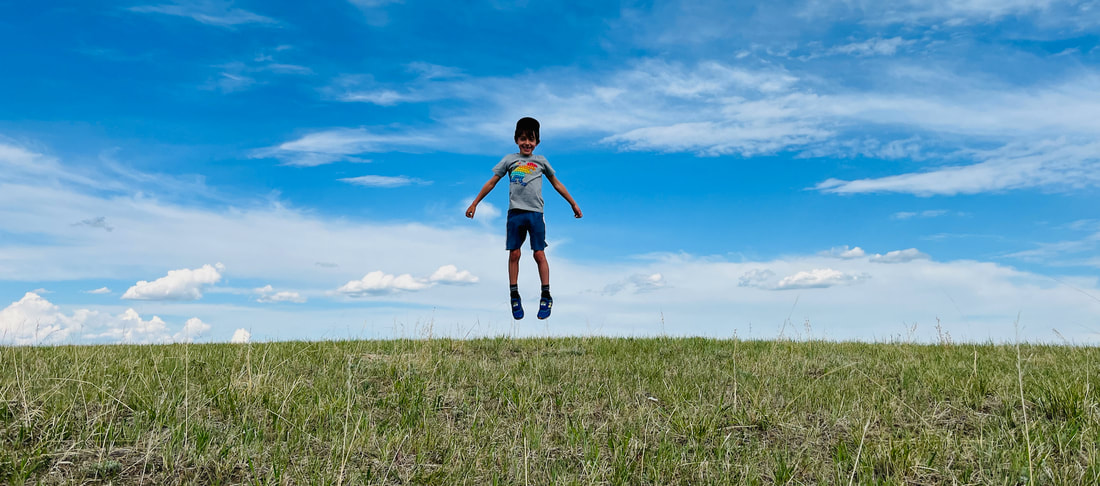
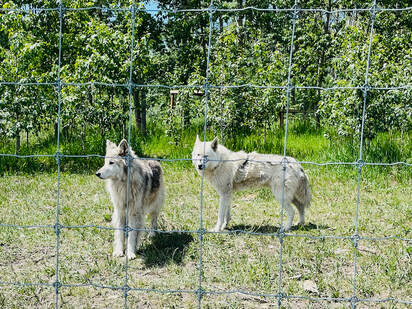
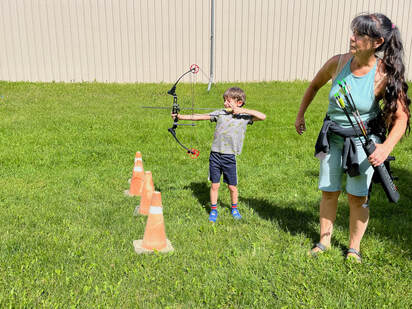

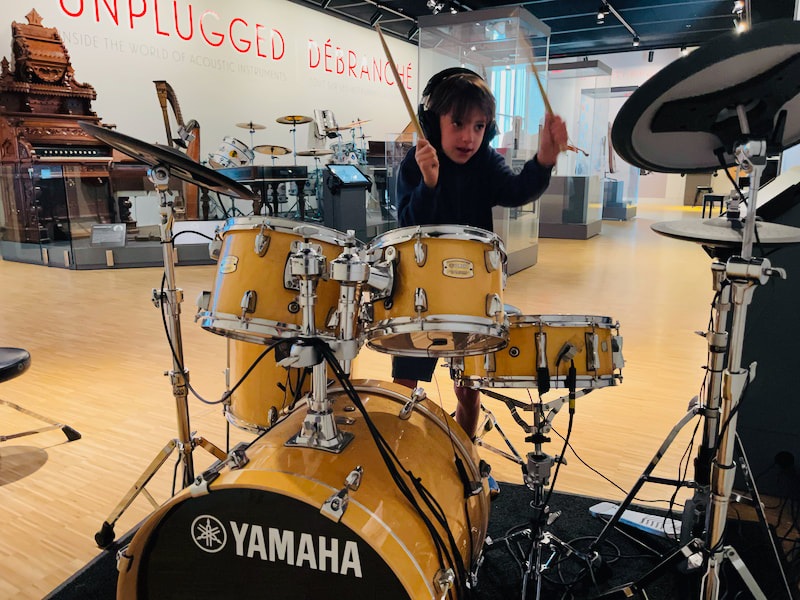
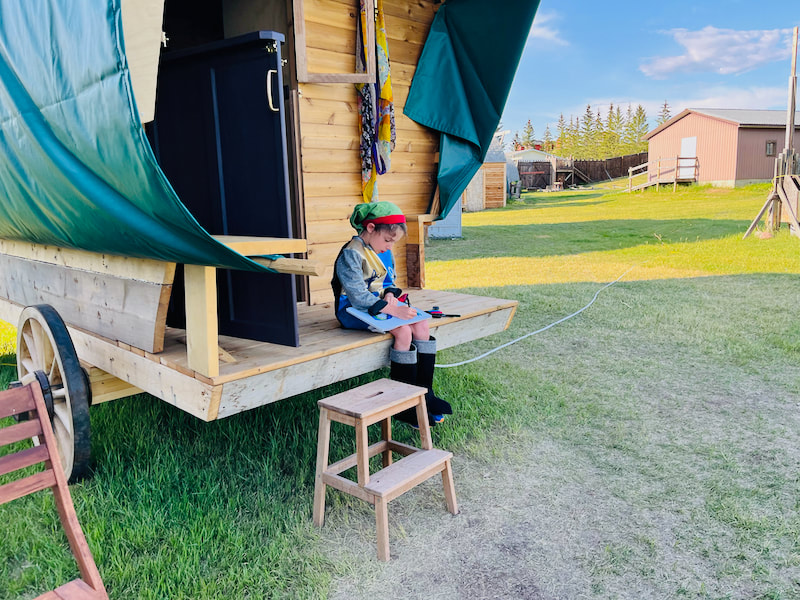
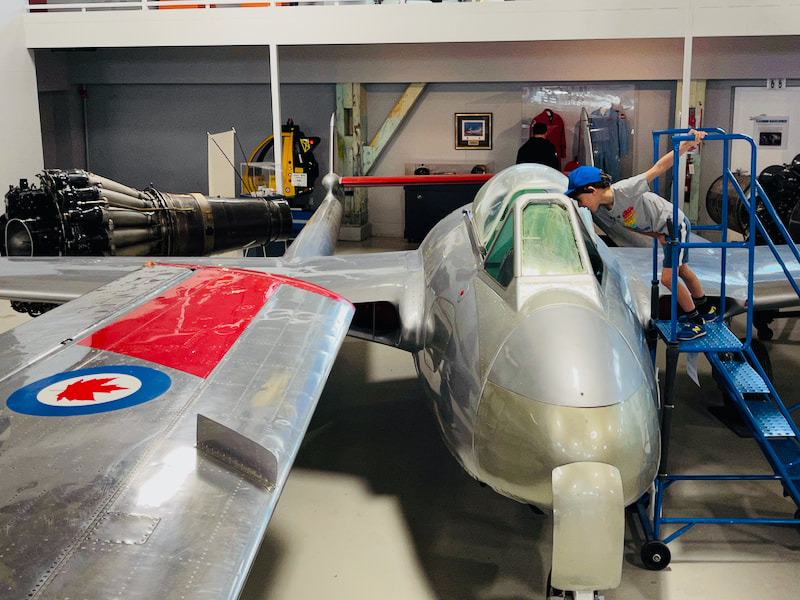
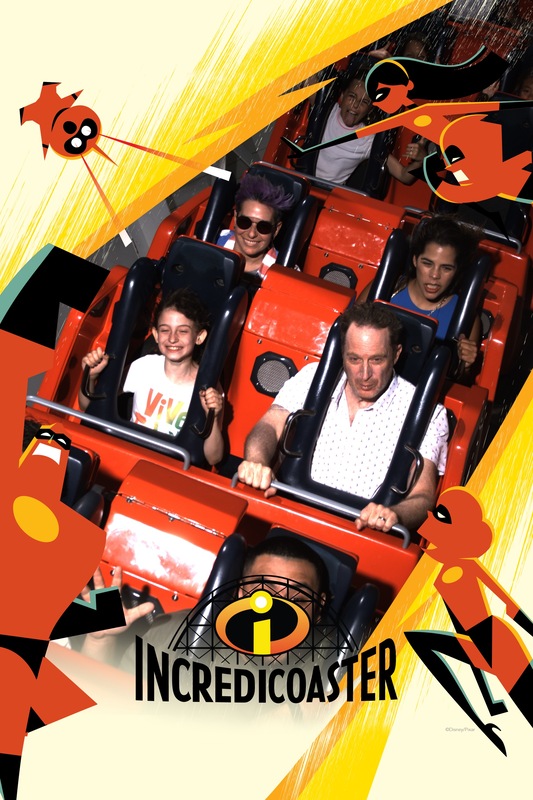

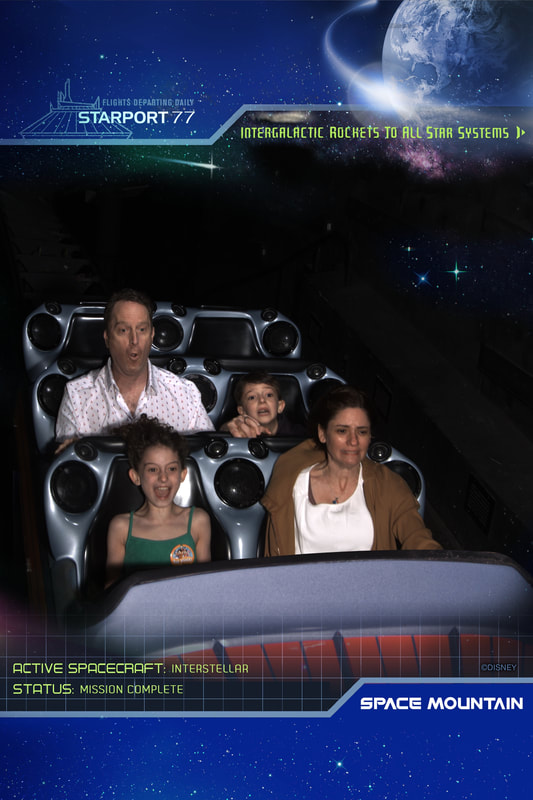

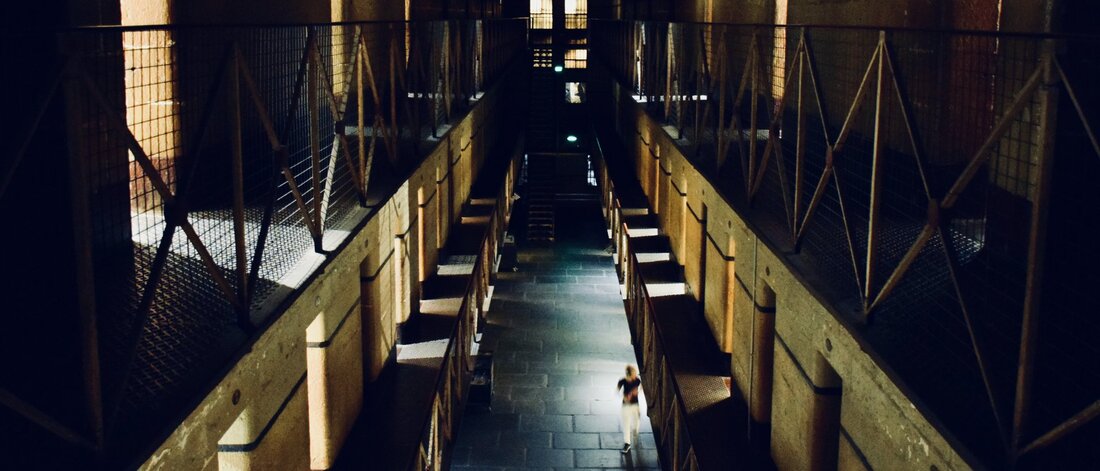
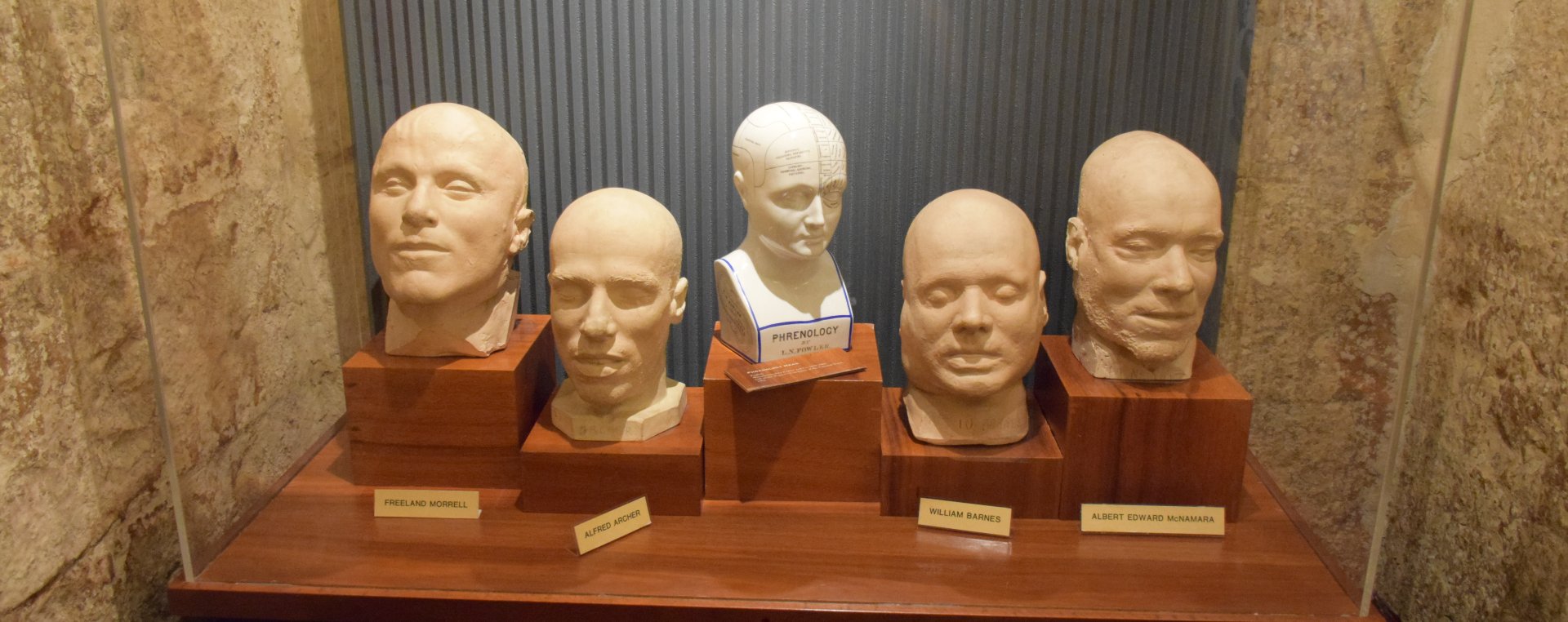
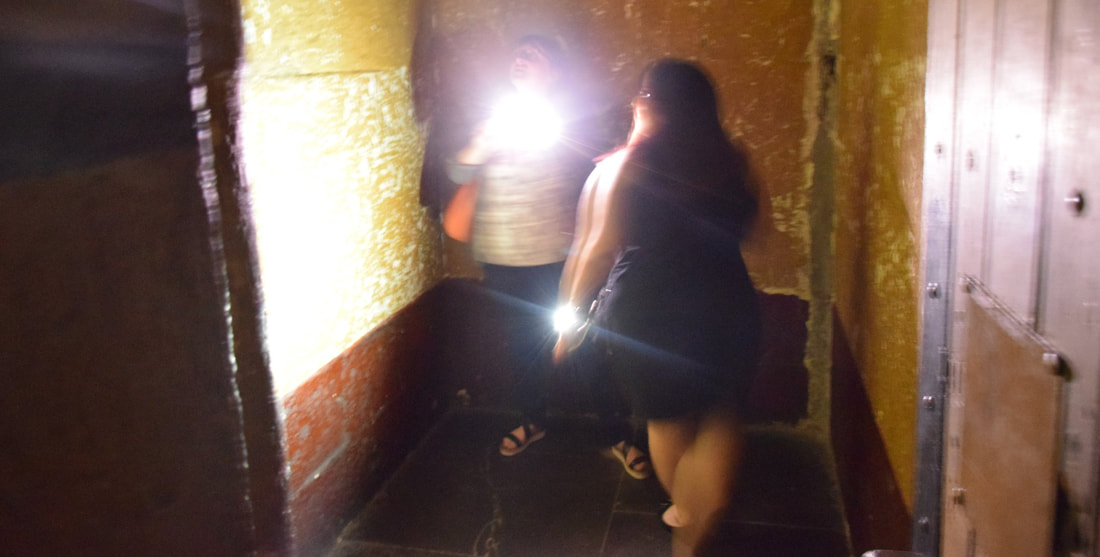
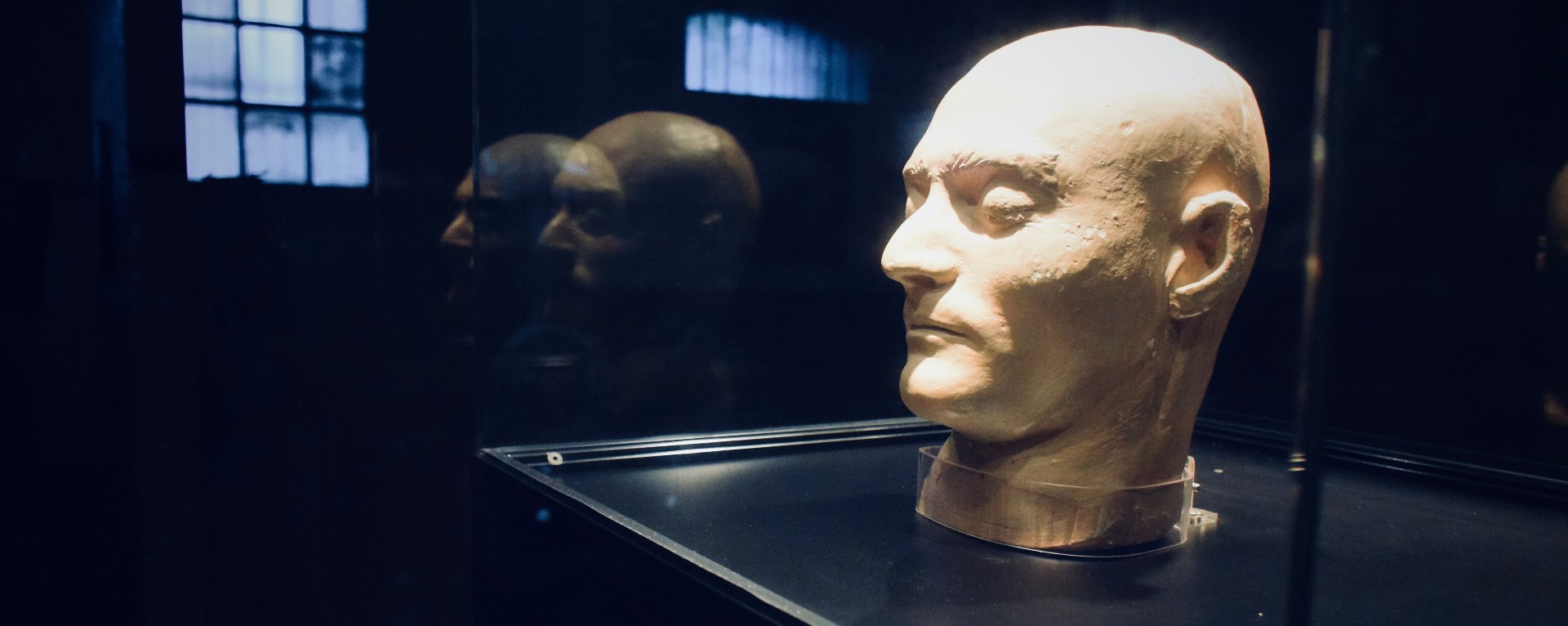
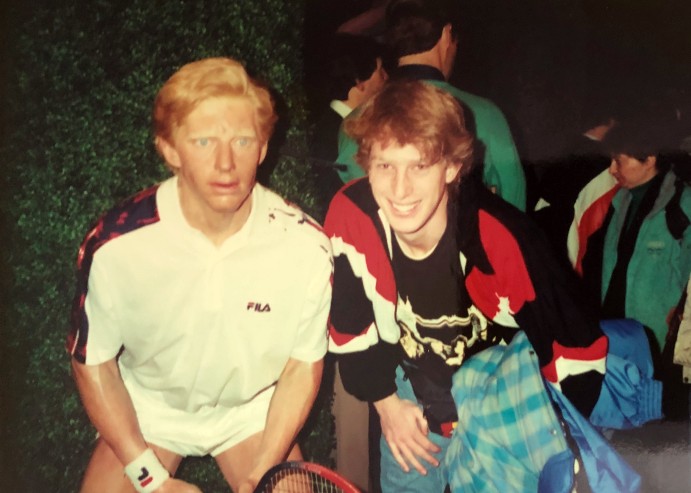
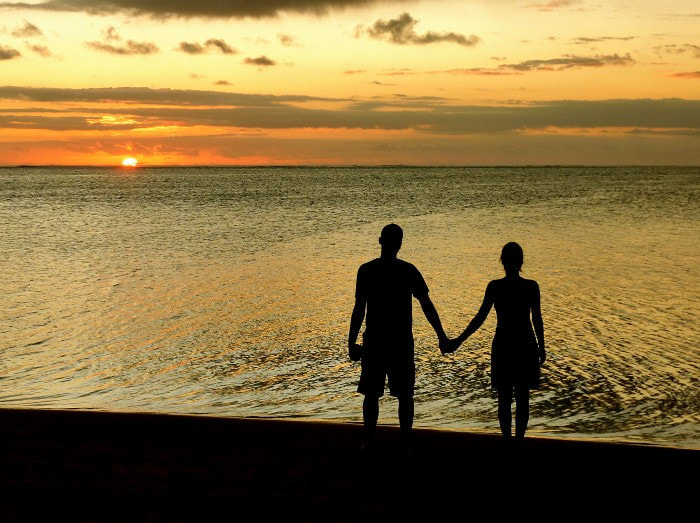
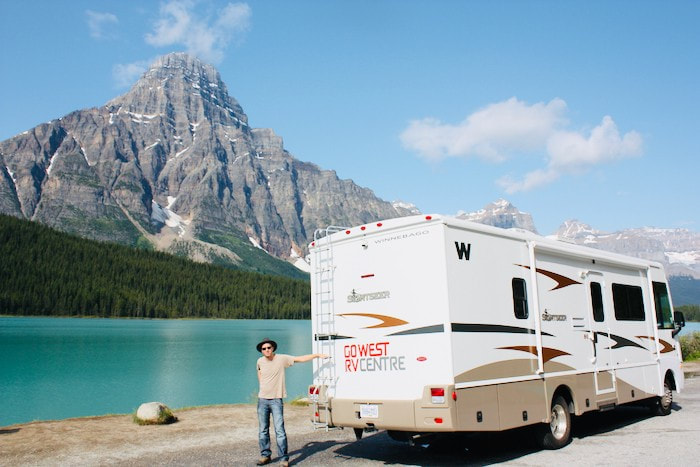
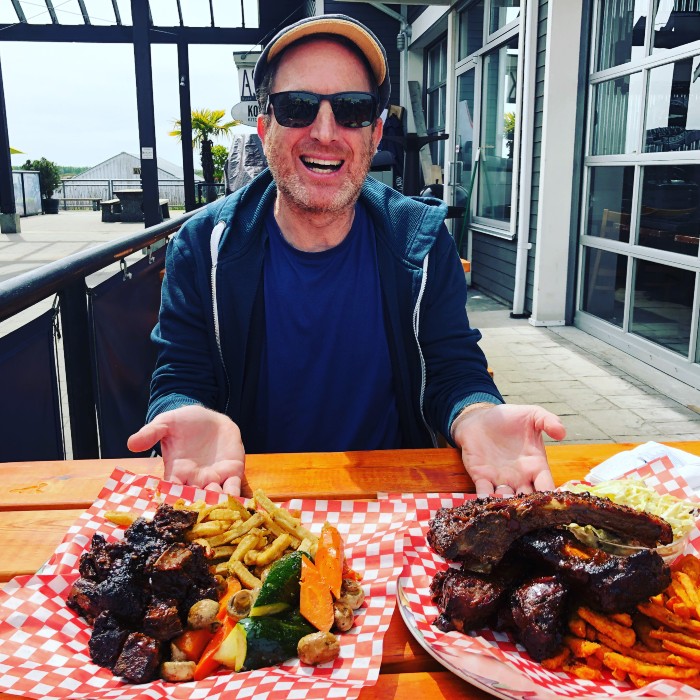
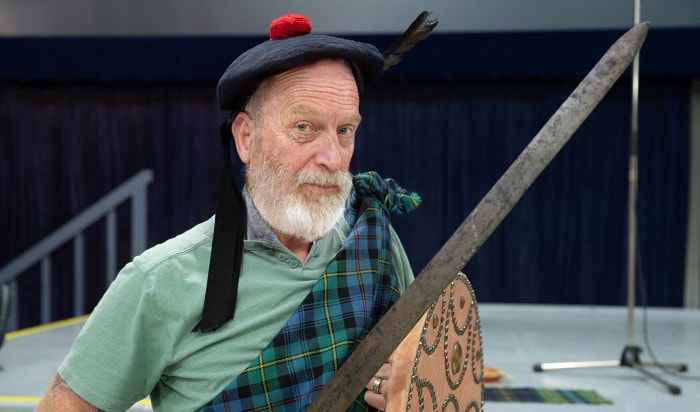
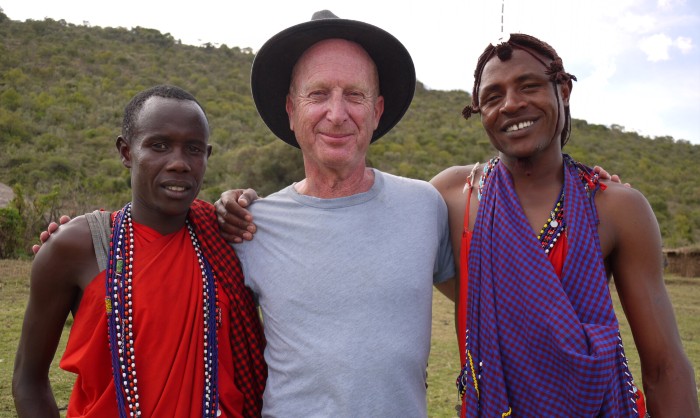
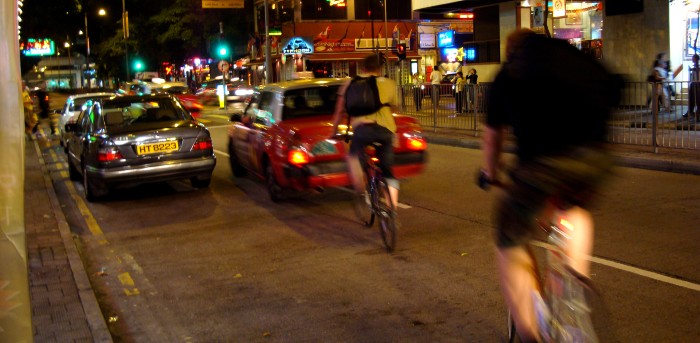
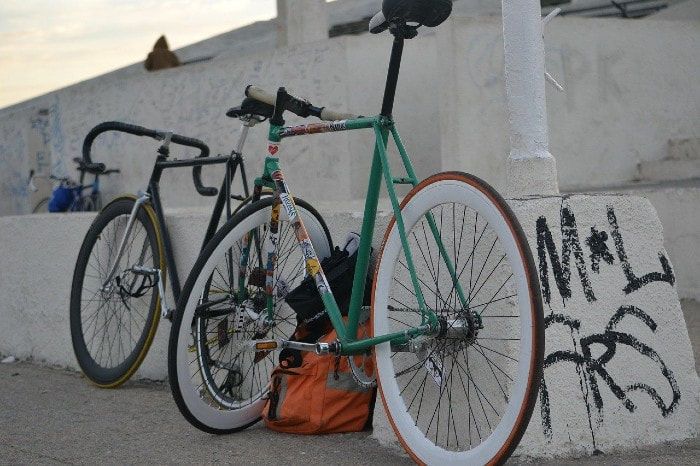
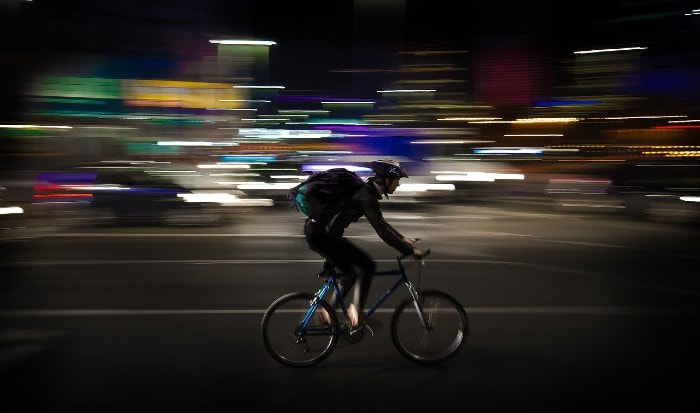
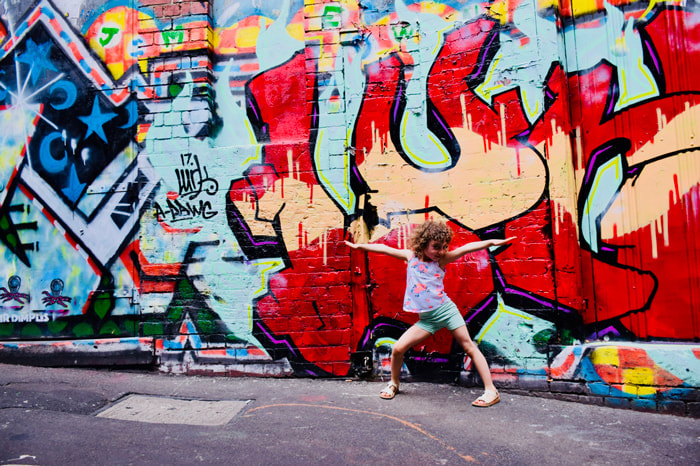
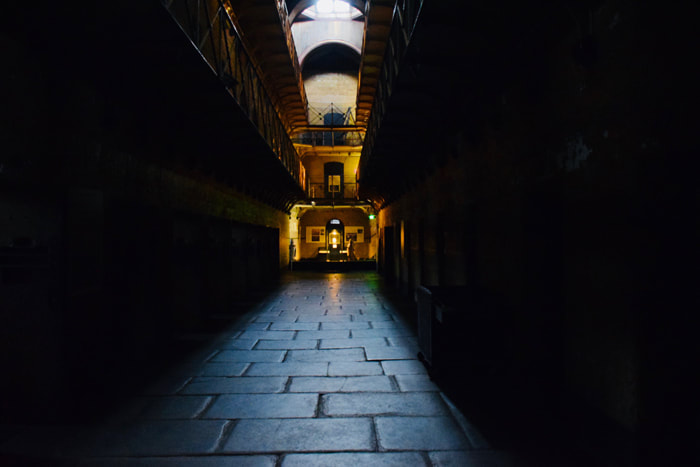
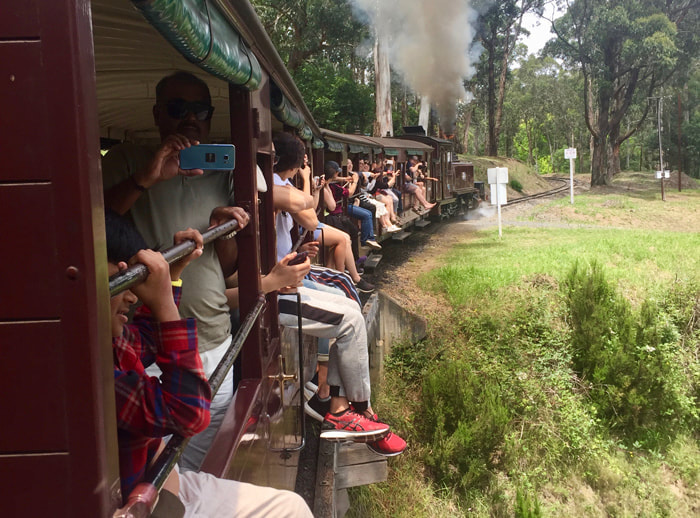
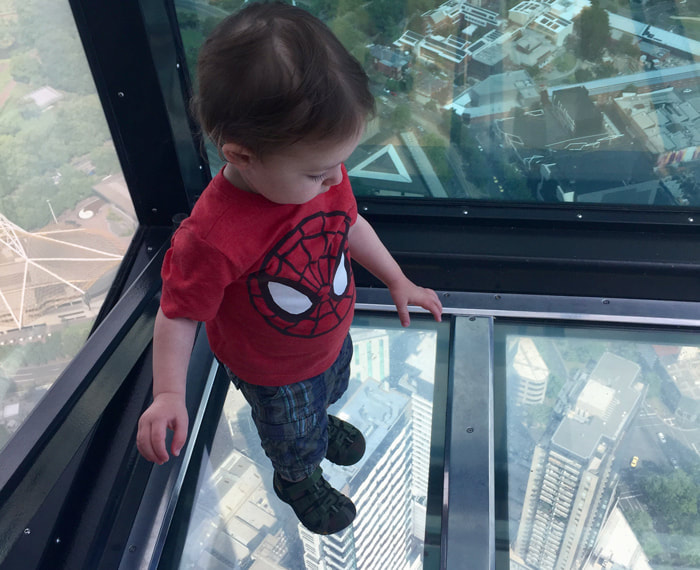
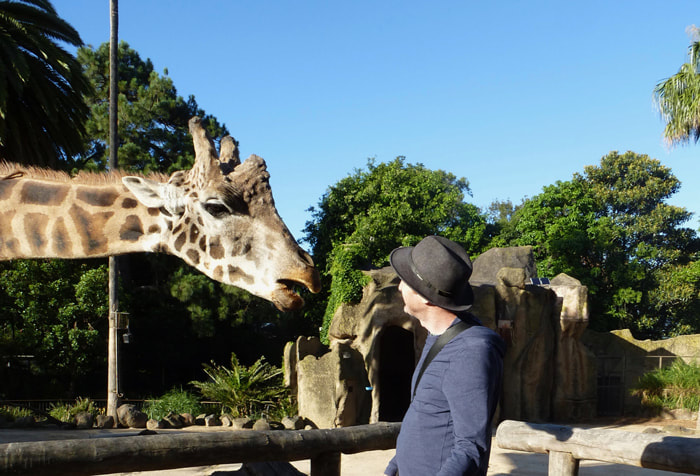
 RSS Feed
RSS Feed

